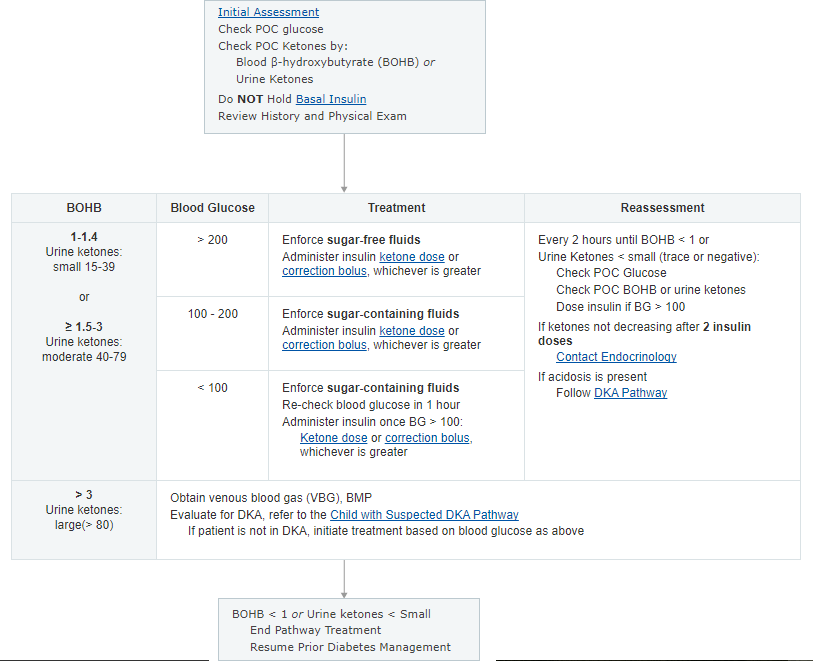Ketosis and Ketonuria Ketosis and Ketonuria may occur whenever increased amounts of fat are metabolized, carbohydrate intake is restricted, or the diet rich in fats (either “hidden” or obvious). This state can occur in the following situations: a. Metabolic conditions: Diabetes mellitus Renal glycosuria Glycogen storage disease (von Gierke’s disease)…
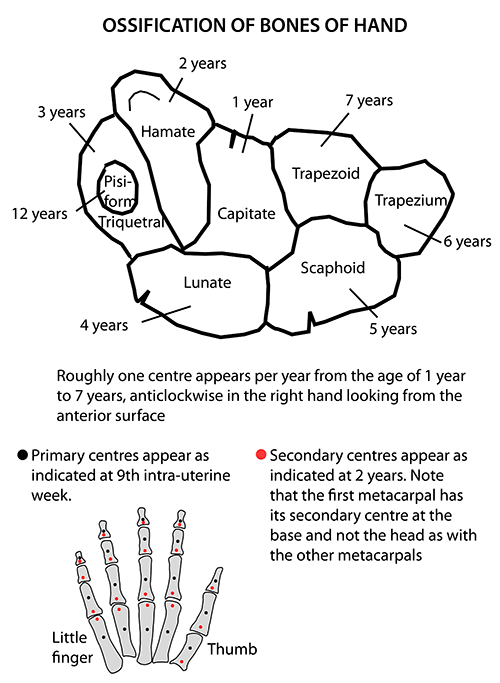
Carpal Bones Ossification: Mnemonic
Roughly one center appears per year from the age of 1 year to 7 years, anti-clockwise in right hand and clock-wise in left hand looking from the anterior surface, i.e. from ulnar side to radial side. Pisiform, being a sesamoid bone it gets left behind and only develops years later. capitate: 1-3 months hamate:…

Tests for Knee Ligaments
Anterior Cruciate Ligament (ACL) Lacchman’s test It is performed with the patient supine and the knee flexed 20–30°. The examiner grasps the distal femur (from lateral side) with one hand and the proximal tibia with the other hand (from medial side). The lower leg is given a brisk forward tug…
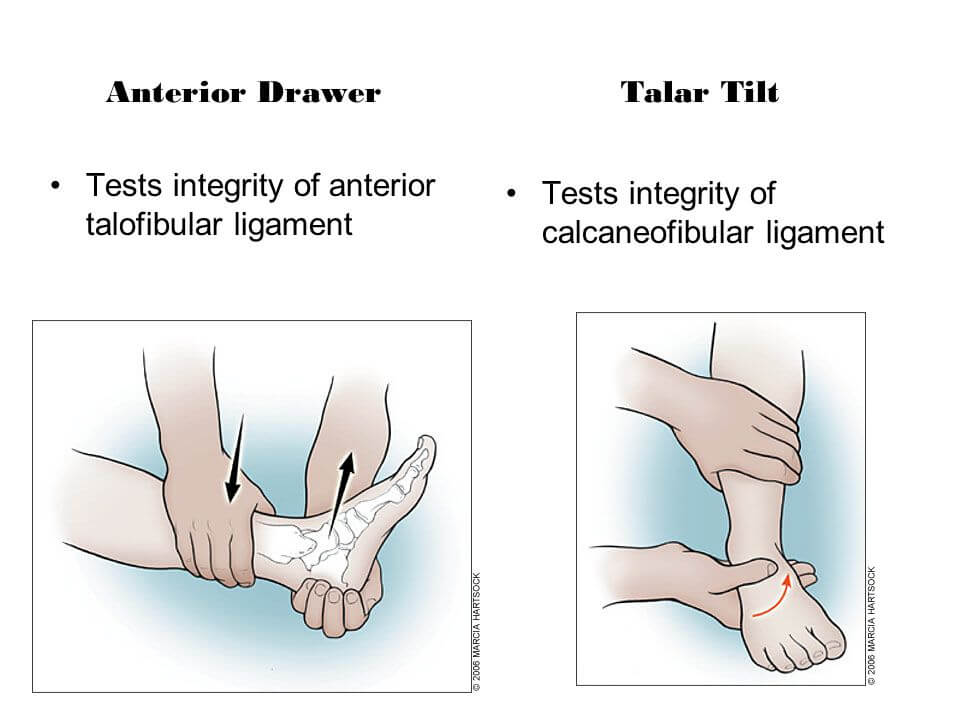
Ligament Tests for Ankle Injuries
Anterior Drawer Test Assesses: Anterior talofibular ligament (ATFL) Position: Knee joint in flexion and ankle in 10-15 degrees plantar flexion Maneuver: The examiner exerts a downward force on the tibia while simultaneously attempting to “lift up” the foot while grasping behind the heel. Interpretation: A significant difference from the unaffected…
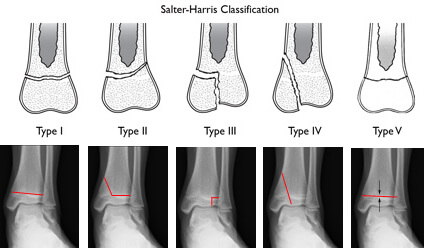
Salter Harris Classification for Physeal Fracture: Mnemonic
In children, the growth plate (physis) is a zone of cartilate situated between the epiphysis and the metaphysis of long bones. Cartilage is weaker than bone and thus is a common site of fracture. The Salter-Harris classification consists of 5 different types of growth plate fractures based on the location…

Ottawa Foot, Ankle and Knee rules – Mnemonic
Ottawa Ankle and Foot Rules Mnemonic: 44-55-66-PM Patients need an X-ray only if: 4: Unable to do 4 steps immediately AND4: Unable to do 4 steps at Emergency Department OR 5: Has pain at the base of 5th metatarsal5: Has pain at the 5caphoid (Navicular) OR 6: Tenderness in 6…

San Francisco Syncope Rule (FED 30 90)
San Francisco Syncope Rule (SFSR) defines high risk criteria for patients with syncope. FED 30 90 Failure (Congestive heart failure) ECG abnormalities Dyspnea (shortness of breath) Hematocrit <30% Systolic blood pressure <90 mmHg (at any time) Presence of any of the above criteria is regarded as positive. Mnemonic: CHESS Congestive…
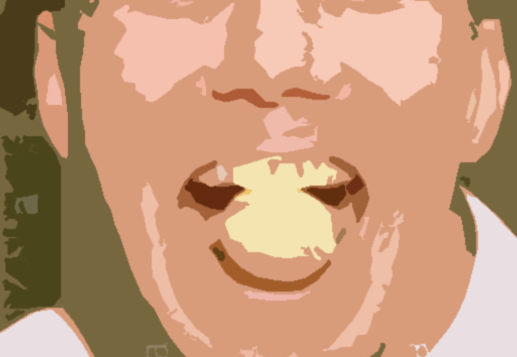
Hot Potato Voice
Synonyms: Hot potato speech, Potato in mouth It is a term for a defect of resonance in which the speech has muffled quality, fancifully likened to a person speaking with a (very) hot potato in their mouth. Mechanism of Hot Potato Voice: Hot potato voice is the result of an…
